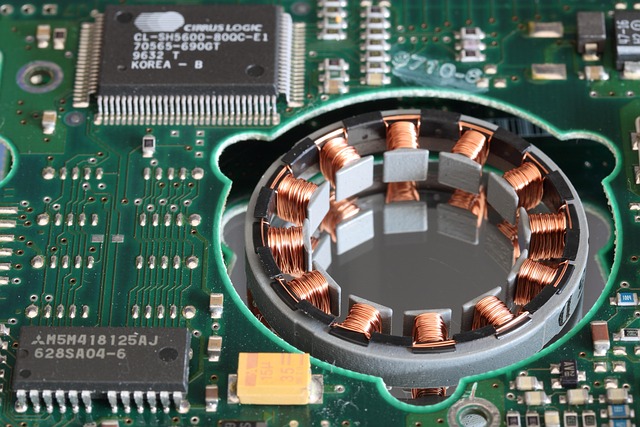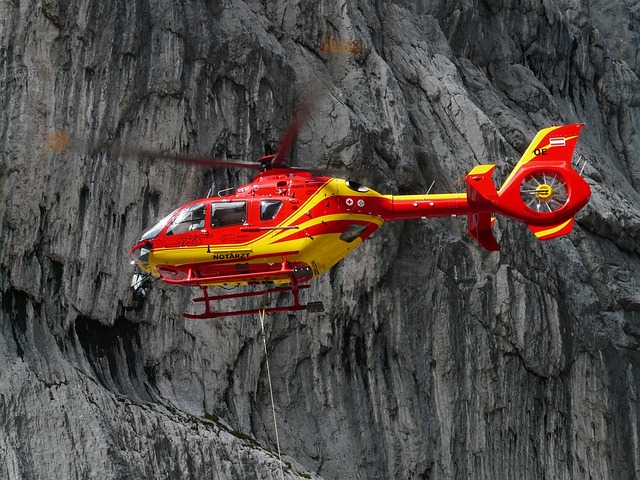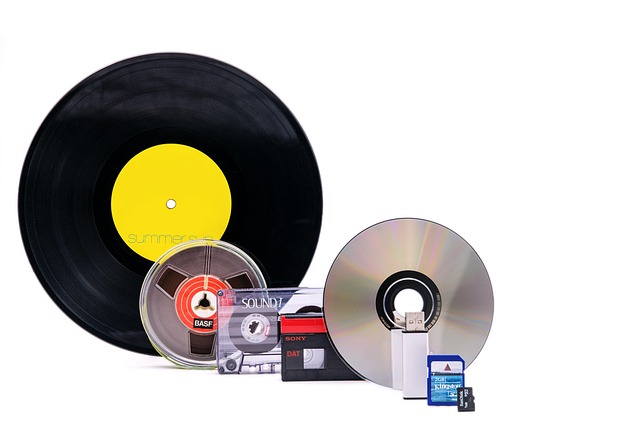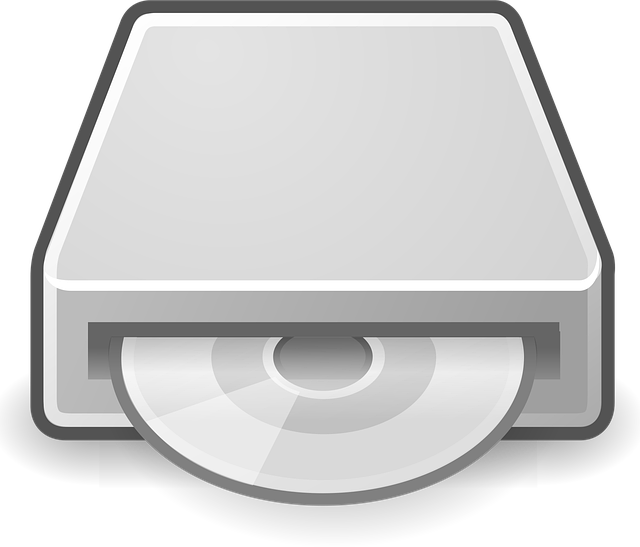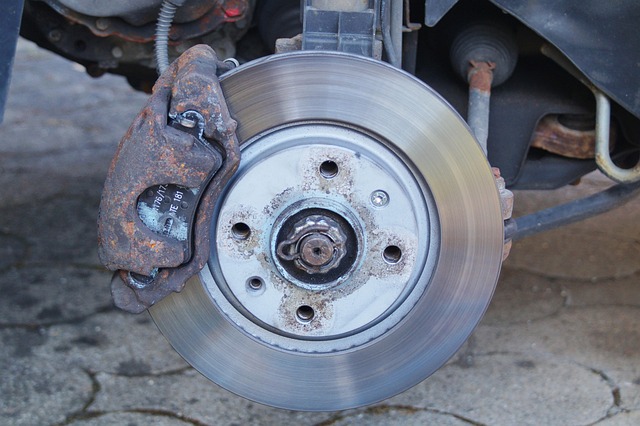Chiropractic management is a key treatment option for lumbar disc injuries sustained in car crashes, focusing on non-invasive techniques like spinal adjustments and exercises to reduce pain, restore disc height, and prevent future complications. This holistic approach, combined with lifestyle changes, aids in healing, improves mobility, and reduces the risk of re-injury for herniated discs post-car crash, emphasizing the importance of chiropractic care in long-term spinal health management.
In the aftermath of a car crash, managing lumbar disc injuries is crucial for a full recovery. This article explores comprehensive strategies for dealing with such injuries, focusing on chiropractic management techniques for herniated discs. We delve into understanding the specific impacts of post-car crashes on the spine and offer practical recovery and prevention strategies. By combining expert insights with evidence-based practices, such as chiropractic care, this guide aims to enhance your journey towards a healthier, pain-free life.
- Understanding Lumbar Disc Injuries Post-Car Crash
- Chiropractic Management Techniques for Herniated Discs
- Recovery and Prevention Strategies After a Spinal Injury
Understanding Lumbar Disc Injuries Post-Car Crash
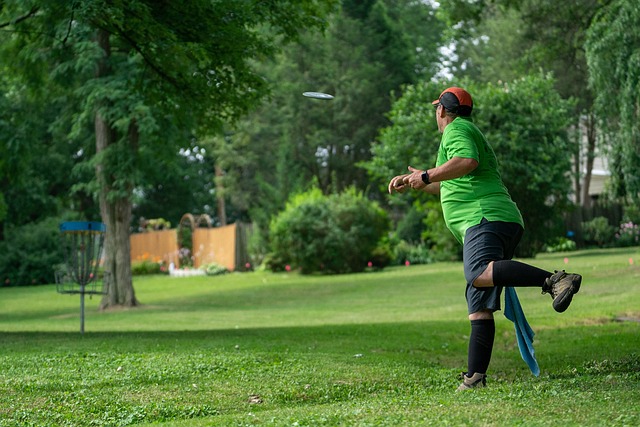
Lumbar disc injuries are a common occurrence following car crashes, resulting from the sudden impact and subsequent jarring of the spine. In such incidents, the discs that cushion the vertebrae can suffer herniations or bulges, leading to pain and discomfort in the lower back and legs. A herniated disc occurs when the soft inner nucleus pushes through a tear in the outer ring, putting pressure on nearby nerves. This condition is often referred to as a slipped or ruptured disc.
Chiropractic management plays a significant role in treating lumbar disc injuries post-car crash. Chiropractors employ various techniques such as spinal adjustments, manipulation, and specialized exercises to alleviate pain and promote healing. The goal is to reduce nerve irritation, restore disc height, and improve overall spinal function. Through personalized treatment plans, chiropractors help patients manage symptoms, enhance mobility, and prevent further complications associated with herniated discs.
Chiropractic Management Techniques for Herniated Discs

Chiropractic care is often a key component in managing and treating lumbar disc injuries sustained after a car crash. Chiropractors employ various non-invasive techniques to alleviate pain and promote healing for herniated discs. One common approach involves spinal manipulation, where the chiropractor gently adjusts the spine to reduce pressure on the affected nerves. This technique can help realign the vertebrae and restore function to the damaged disc.
Additionally, chiropractors may incorporate other therapies like heat and ice treatments, electrical stimulation, and specialized exercises tailored to strengthen the back and core muscles. These methods aim to reduce inflammation, improve mobility, and prevent future injuries. Chiropractic management for herniated discs post-car crash focuses on not only relieving acute pain but also on long-term recovery and rehabilitation to restore full range of motion and alleviate symptoms associated with nerve compression.
Recovery and Prevention Strategies After a Spinal Injury

After a spinal injury, such as those often seen in auto crashes, effective recovery and prevention strategies are crucial for managing lumbar disc issues. Chiropractic management plays a significant role in this process. Chiropractors use a variety of techniques, including manual adjustments and targeted exercises, to alleviate pain and promote healing in the affected area. This holistic approach focuses not only on treating symptoms but also on strengthening the spine to prevent future injuries.
To further aid recovery and reduce the risk of re-injury, patients should adopt lifestyle changes and engage in regular activities that enhance spinal stability. This includes maintaining good posture, practicing proper lifting techniques, and incorporating exercises that strengthen core muscles supporting the spine. Additionally, staying active within the limits of comfort can accelerate healing while enhancing overall mobility and flexibility. Preventative measures, such as these, are essential for managing herniated discs post-car crash and improving long-term spinal health.
In the aftermath of a car crash, managing lumbar disc injuries effectively is paramount for a full recovery. By understanding the specific impacts of such accidents on the spine and employing proven chiropractic management techniques for herniated discs, individuals can significantly enhance their road to healing. These strategies, combined with diligent recovery and prevention efforts, empower folks to regain mobility, reduce pain, and minimize the long-term effects of post-auto spinal injuries. Through dedicated care and a holistic approach, one can navigate this challenging period and rediscover a life free from restrictive disc-related discomfort.
